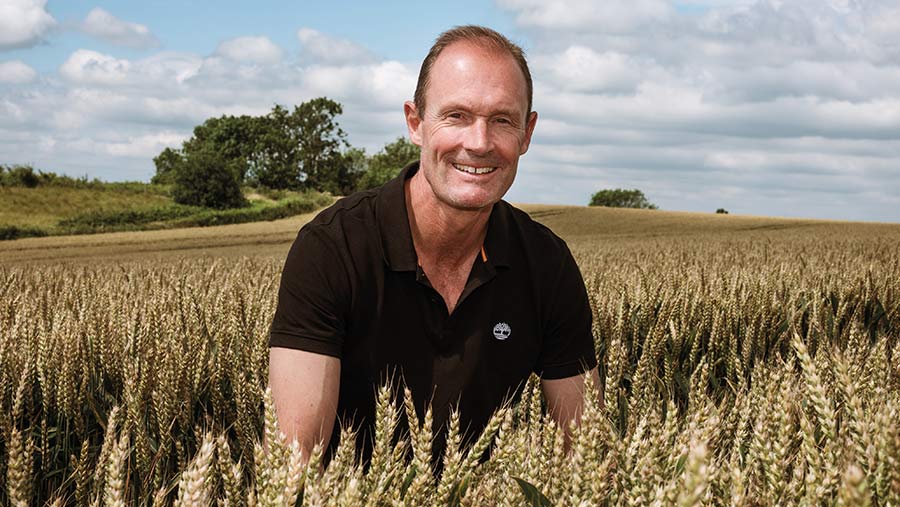Farmer Focus: ‘Biblical septoria’ and rising input prices
 © MAG/Colin Miller
© MAG/Colin Miller In recent years we have got used to the planting of spring crops heralding a two-month drought, but to keep it interesting the opposite is now true.
I must thank my farmer contactor partners for making the most of every field work opportunity. It has been a challenge.
Over the previous few years, the dry spring helped me to steadily chip away at inputs.
See also: Crop Watch: T1 plans bolstered to tackle rising septoria risk
However, based on one agronomy report I read this week, titled Biblical septoria?, even my mid-October drilled Extase may need more help. The rising fungicide prices have caused some…deep sighing.
I’m pretty sure septoria wasn’t one of the plagues in the Bible, and maybe it will come out sunny again, which means I can moan about drought once more.
I do hate it when we are told there will be a supply shortage of some products and we should buy immediately or the four horsemen of the apocalypse will be cantering through the crops.
This is one of the many reasons I keep trying alternatives such as the intercropped spring barley I mentioned last month. Unfortunately, such experiments can also cost money.
The clover is coming slowly, but the bands of spring barley are a bit messy due to getting the drill used to it and the crows finding this method rather to their liking.
Sometimes, although I am very keen to try alternative biological products, I do feel we are at the risk of swapping one costly input for another.
I have put less nitrogen on one field with a view to trying some of the new foliar technology that traps nitrogen oxide pollutants and converts them to nitrate the leaf can take up.
It sounds fantastic for farmers, but given the cost, I wonder if I will have to re-visit selling the carbon credits to make it stack up?


